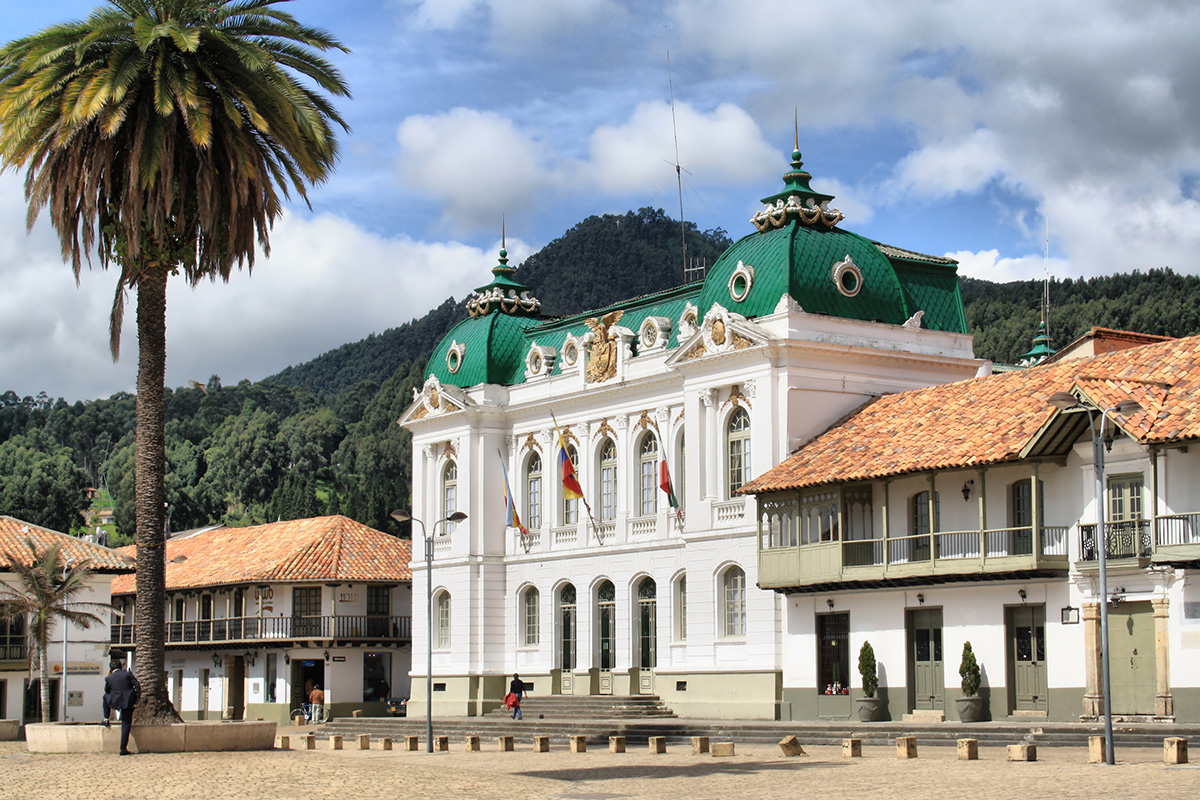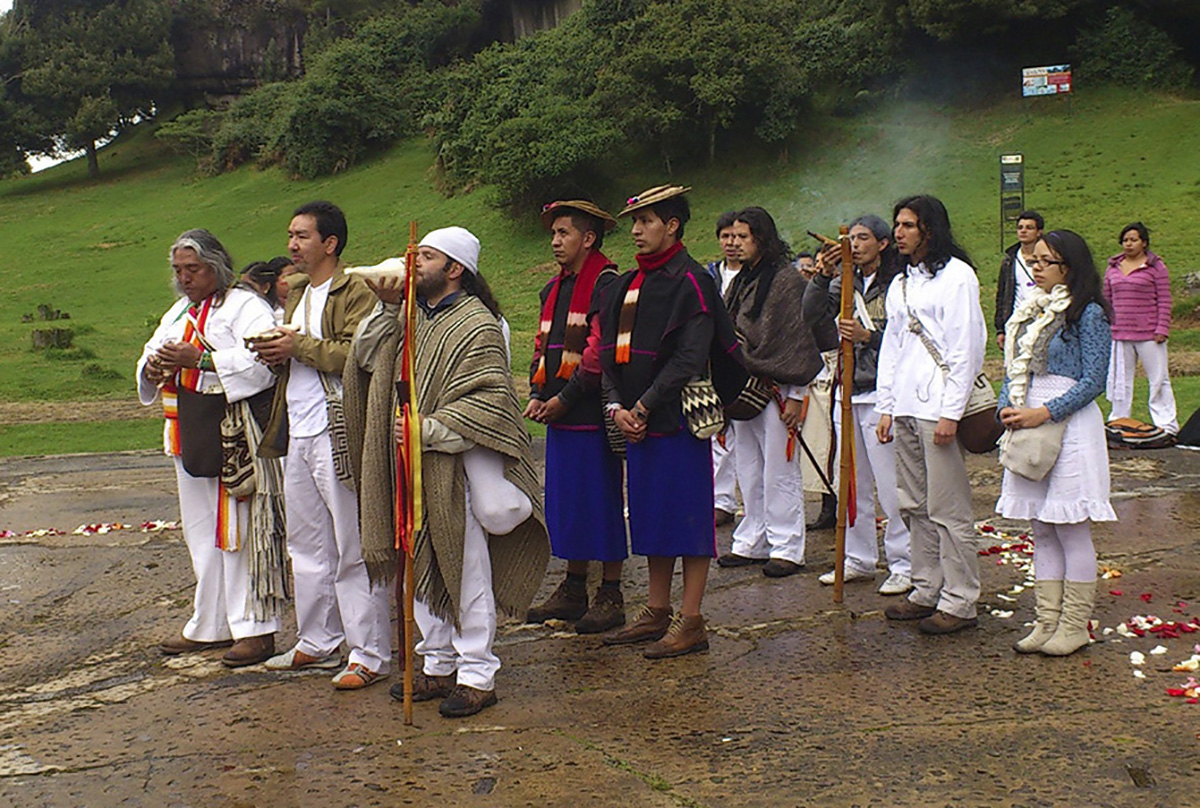The opinions on reliving the language are varied and were discussed during the release of the book "Muysca: memoria y presencia" (Muysca: Memory and Presence) and the 35th anniversary of a Universidad Nacional de Colombia (UNal) Department of Linguistics magazine known as Forma y Función (Form and Function).
UNal Anthropologist Diego Fernando Gómez thinks that it is possible to relive this language using historic linguistic techniques, which compares languages and identifies affinity traits between them.
"Having good data on other Chibchas Indian languages, mainly Uwa and Arhuaco, including Kogui, Damana, Chimila or Ette taara, Bari ara and Kuna and once the linguistic families are recognized we can analyze the origin of words," said Gómez
This procedure would be equivalent, for instance, on recovering Spanish based on French, Italian, Portuguese, and Rumanian, all derived from Latin.
Opposers
However, UNal-Bogotá Department of Linguistics Professor Olga Ardila considers it is impossible to revitalize the language as Muysca became extinct in the 18th century and cannot be spoken again and recovering it would be creating a new variety, Neo-Muysca.
Those which advocate this position say that the Muysca language does not have words to refer to technological advancements or modern terms such as "liberty", "emancipation" or "democracy".
Furthermore, they say it is impossible to determine how to pronounce graphs in Muysca books, which Spaniard missionaries altered based on Spanish spelling of the time with the purpose of teaching the catholic religion.
"The language disappeared for three reasons: First, the Muiscas were located in the center of the New Kingdom of Granada and had just a quick relationship with the Spanish language; Second, because the Muysca language had many dialects and this could have a bearing on the lack of unity of the language; and third due to miscegenation, as many Muiscas interbred with the Spaniards, increasingly speaking more Spanish and leaving their own language aside," added Ardila.
The Muiscas a present memory
The book "Muysca: memoria y presencia" (Muysca: Memory and Presence) is the result of presentations during the lecture entitled, "Colombia Thinking: Muysca Language and Culture" held at UNal back in 2013.
The lecture gathered national and international experts from different areas of expertise (linguistics, anthropology, culture, history, and archeology) in a course for students and the general public.
During the lecture, they discussed historic topics such as Muisca hymns and rhymes or composing proper names. Furthermore, they carried out a descriptive and comparative research of the Muysca language with respect to other Chibcha languages such as Uwa. They also analyzed the verbal system of the Muiscas and thoroughly explored words such as "pquyquy" which means "heart", but also a synonym of "thought", "desire" and "character of people."
"The book is also a reference for all people interested in this culture," said Constanza Moya, Deputy Dean"s Office of Research and Extension of the Faculty of Human Sciences and a one of the compilers of the project.
The event also celebrated the 35th anniversary of a Universidad Nacional de Colombia (UNal) Department of Linguistics magazine known as Forma y Función (Form and Function) which was incepted in 1981 even before the birth of the department and the master"s program, it is our imprint and what identifies us," she added.
 Correo Electrónico
Correo Electrónico
 DNINFOA - SIA
DNINFOA - SIA
 Bibliotecas
Bibliotecas
 Convocatorias
Convocatorias
 Identidad UNAL
Identidad UNAL







